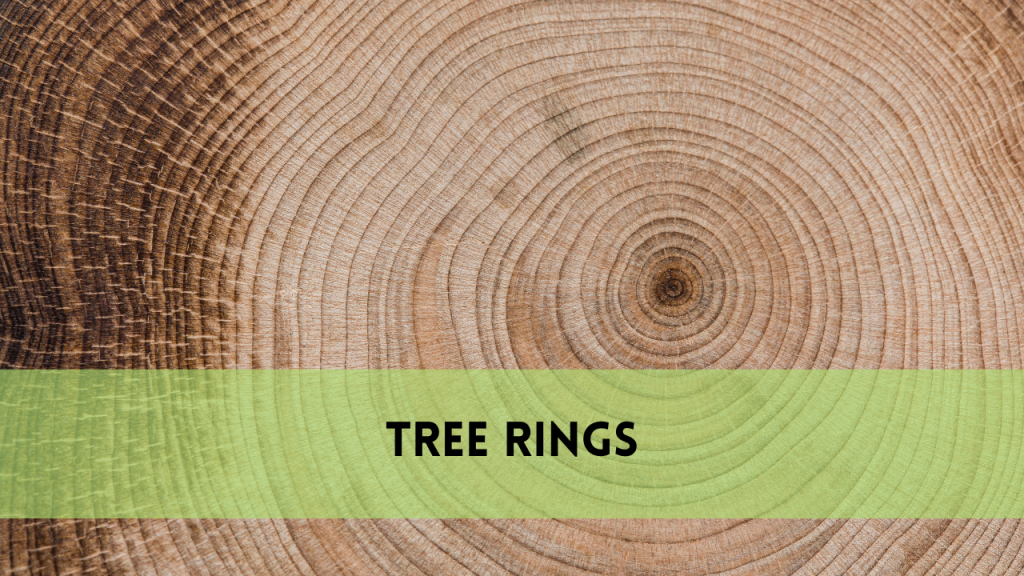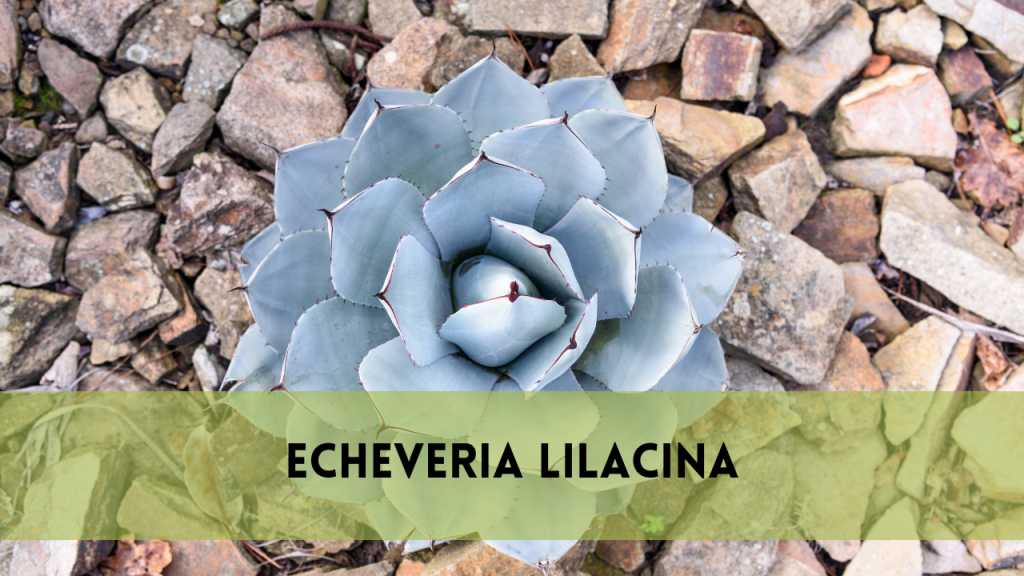Types of wandering jew plants
Wandering Jew plants, also known as Tradescantia spp., are popular in both indoor and outdoor gardening due to their colorful leaves and low maintenance requirements. People value these South American native plants for their vibrant colors and their ability to grow in a variety of environments. In this guide through Arborist Heights, you can learn about what wandering jew plants are, types of wandering jew plants, and their care and maintenance
Wandering Jew plants
Wandering Jew plants, also known as Tradescantia spp, are a flowering plant popular for their colorful foliage and ease of care. Vibrant foliage in colors of green, purple, silver, and occasionally pink covers their trailing stems. These plants are adaptable and can grow indoors as houseplants and outdoors in garden beds or hanging baskets. Gardeners value Wandering Jew plants for their durability and ability to adapt to changing light conditions, making them popular choices for adding visual appeal and brilliant hues to their homes. There are various types of wandering jew plants each with its unique presence and significance
Types of wandering jew plants
Certainly! The following are descriptions of various types of wandering jew plants:

Tradescantia Zebrina
Tradescantia zebrina, often known as the inch plant or spiderwort, is renowned for its beautiful foliage. Vibrant stripes of green, silver, and purple cover its leaves, creating a captivating zebra-like pattern. This trailing plant is ideal for hanging baskets or as ground cover, with cascading tendrils that can drape elegantly. Tradescantia zebrina grows in bright, indirect light and prefers evenly moist well-drained soil. It’s a hardy plant that adds a vibrant burst of color to both indoor and outdoor environments, making it a popular choice among gardeners looking for low-maintenance but visually pleasing plants.
Tradescantia fluminensis
Tradescantia fluminensis, often known as small-leaf spiderwort or inch plant, has delicate, solid green leaves with traces of purple on the underside. Unlike its zebrina sister, this species grows more compactly, making it suitable for ground cover or a beautiful addition to mixed planters. It thrives in medium to bright indirect light and prefers constantly moist soil. Tradescantia fluminensis is a versatile plant that can endure somewhat lower light levels, making it ideal for various indoor spaces.
Tradescantia Pallida
Tradescantia pallida, often known as the purple heart or queen, stands out for its vivid purple foliage. Full sunlight enhances the vibrant colors of this cultivar. It’s a hardy plant that thrives in outdoor gardens and interior pots, creating a striking contrast with its surroundings. Tradescantia pallida prefers well-drained soil and can benefit from occasional trimming to keep its compact shape and promote new growth. It’s a popular choice for landscaping projects and ornamental accents in homes and gardens due to its spectacular appearance and ease of care.
Tradescantia Spathacea
Tradescantia spathacea, also known as Moses in the Cradle or oyster plant, has long, sword-shaped leaves that are shiny green on top and purple underneath. People value this cultivar for its eye-catching leaves and low-maintenance characteristics, which allow it to thrive indoors and outdoors. Bright, indirect light and well-drained soil with consistent watering are its preferred conditions. Tropical and subtropical gardens commonly use Tradescantia spathacea as a beautiful plant in containers or as a ground cover, as its unique leaves lend an air of elegance.
Tradescantia nanouk
Tradescantia nanouk is a relatively new cultivar recognized for its brilliant and colorful appearance. Its leaves are lance-shaped and green, with pink, purple, and silver stripes. People regard this species for its compact growth habit and its ability to thrive in various light settings, including brilliant indirect sun and partial shade. Tradescantia nanouk prefers well-drained soil with regular watering to maintain an equal moisture level. It is a fantastic choice for hanging baskets, mixed planters, or a vibrant accent in garden beds, and its attractive leaf adds year-round interest.
Tradescantia Albiflora
Often referred to as the white-flowered wandering Jew, Tradescantia albiflora stands out with its green foliage and striking white blooms. People prize this type for its beautiful blossoms, which appear intermittently throughout the year and lend an air of refinement to its trailing vines. Tradescantia albiflora grows best in bright, indirect light and prefers well-drained soil. You can grow this flexible plant indoors as a hanging plant or outdoors in containers or garden beds, where its flowering stems create a lovely white cascade against the rich foliage.
Tradescantia Cerinthoides
Tradescantia cerinthoides, often known as the blossoming inch plant, has elongated leaves and small, vivid purple flowers that bloom abundantly during the growing season. People regard this species for its vibrant foliage and gorgeous blossoms, which make it an excellent choice for hanging baskets or as a ground cover in garden beds. Tradescantia cerinthoides grows in bright, indirect light and prefers well-drained soil that is regularly moist. It’s a hardy plant that gives a pop of color to indoor and outdoor environments, attracting pollinators with its lovely blossoms and adding to a lively garden scene.
Tradescantia virginiana
Tradescantia virginiana, popularly known as Virginia spiderwort, is a native North American species notable for its exquisite blue-purple flowers that bloom profusely in the spring and early summer. This perennial plant has grass-like leaves and thrives in moist, well-drained soil in partial shade to full sun. Gardens recognize Tradescantia virginiana for its natural growth and ability to attract pollinators like bees and butterflies with its nectar-rich flowers. It’s ideal for forest gardens, borders, and naturalized areas, where its brilliant blossoms may make an eye-catching display.
Tradescantia Navicularis
The chain plant, Tradescantia navicularis, stands out with its slender, trailing stems and short, lance-shaped leaves. This species produces dense mats of foliage, making it an excellent choice for ground cover or hanging baskets, where its cascading growth may create a lush green carpet. Tradescantia navicularis requires bright, indirect light and well-drained soil that is regularly moist. It is a multipurpose plant that adds texture and appeal to indoor and outdoor environments, thrives in various climates, and requires little maintenance.
Related Posts:
Tradescantia Silamontana
Tradescantia silamontana, often known as white velvet or cobweb spiderwort, has smooth, velvety leaves covered in small white hairs, giving it a characteristic silvery appearance. This species produces clusters of little pink flowers within its foliage, which creates a lovely contrast to its fuzzy leaves. Tradescantia silamontana thrives in bright, indirect light and prefers well-drained soil that can dry out between waterings. It’s a visually appealing plant enhance texture and complexity to rock gardens, containers, and mixed planters while providing year-round interest with its distinctive leaf and infrequent blossoms.
Care and maintenance tips for wandering jew plants
Light requirements
Wandering Jew plants prefer sunny, indirect light, although they may also take moderate shade. Position them close to a window that provides ample sunlight without direct exposure.
Watering Needs
These plants prefer moist, well-drained soil. When the top inch of soil feels dry to the touch, do it every one to two weeks, and water it thoroughly. Avoid overwatering, since it might cause root rot.
Temperature and humidity
Wandering Jew plants prefer temperatures ranging from 60 to 75°F (15–24°C) and moderate humidity. In the winter, they can withstand slightly milder temperatures, but they require protection from drafts and sudden temperature fluctuations.
Fertilization
Feed your wandering Jew plants a balanced liquid fertilizer, diluted to half strength, once a month during the growing season (spring and summer). This encourages healthy growth and beautiful foliage.
Pruning and propagating
Regularly, pinching back the stems of your wandering Jew plants can help them maintain a compact form and encourage bushier growth. You can easily propagate these cuttings in water or directly into the soil to produce new plants.
FAQS
What are the best outdoor growing conditions for Wandering Jew plants?
Outdoors, Wandering Jew plants prefer partial shade to full sun and well-drained soil. They are great for use as ground cover, hanging baskets, or colorful additions to garden beds.
How do I propagate wandering Jew plants?
Wandering Stem cuttings are an easy way to propagate jew plants. Simply trim a healthy stem, remove the lower leaves, and then root the cutting in water or soil to create a new plant.
Are wandering Jew plants susceptible to pests and diseases?
While Wandering Jew plants are generally hardy, they can attract pests like spider mites and aphids, particularly indoors in low humidity. Regular inspections and early treatment with insecticidal soap can help prevent infestations.
Can wandering Jew plants endure low light levels?
Wandering Jew plants enjoy bright, indirect light, but they can tolerate lower light levels. However, in the absence of proper lighting, their foliage colors may be less brilliant.
How often should I fertilize the Wandering Jew plants?
Fertilize Wandering Jew plants monthly during the growing season (spring and summer) by diluting a balanced liquid fertilizer to half strength. This encourages healthy growth and beautiful foliage.
What should I do if my Wandering Jew plant grows leggy?
To avoid lanky growth, prune your Wandering Jew plant regularly, pinching back the stems. This promotes bushier growth while also maintaining a compact, beautiful shape.
Conclusion
Finally, types of Wandering Jew plants provide gardeners with various options for adding vivid, low-maintenance elements to their indoor and outdoor areas. Tradescantia zebrina’s spectacular striped leaf, Tradescantia pallida’s deep purple allure, and Tradescantia nanouk’s compact charm all add distinct colors and textures to gardens and living spaces. These plants flourish with sufficient light, hydration, and occasional pruning, making them suitable for beginning and seasoned gardeners wishing to add natural beauty to their surroundings.




